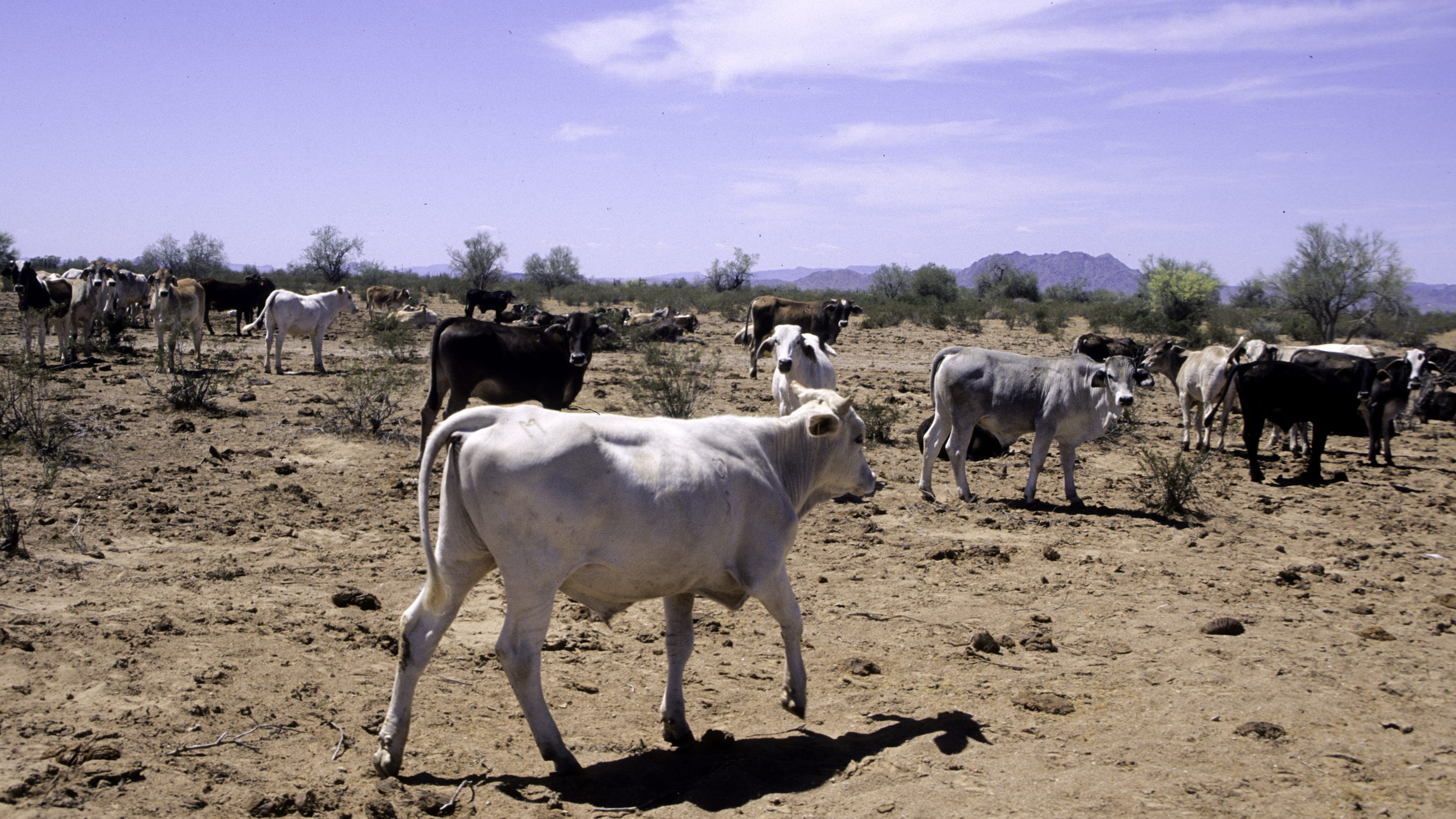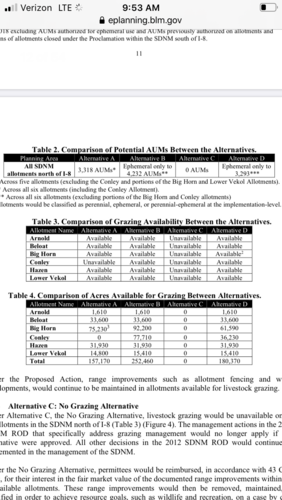The BLM is considering reopening cattle grazing in the SDNM.
This place is hot, dry and has limited resources for the wildlife that lives there such as desert tortoises, Gila Monsters, mule deer, desert bighorn sheep and hopefully soon, the endangered Sonoran pronghorn.
It faces other challenges, such as illegal ATV recreation and a steady stream of illegal alien and narcotic smuggling.
The BLM has spent millions over the last decade restoring the damage done from years of over use by ranching, recreation and criminals.
This would be a giant step backwards for the most biologically diverse, in tact desert ecosystem on the continent.
Please consider submitting a comment against this madness to the email below.
Link to article which contains links to the proposal below that.
[email protected]

This place is hot, dry and has limited resources for the wildlife that lives there such as desert tortoises, Gila Monsters, mule deer, desert bighorn sheep and hopefully soon, the endangered Sonoran pronghorn.
It faces other challenges, such as illegal ATV recreation and a steady stream of illegal alien and narcotic smuggling.
The BLM has spent millions over the last decade restoring the damage done from years of over use by ranching, recreation and criminals.
This would be a giant step backwards for the most biologically diverse, in tact desert ecosystem on the continent.
Please consider submitting a comment against this madness to the email below.
Link to article which contains links to the proposal below that.
[email protected]

Feds propose to open grazing on Sonoran Desert National Monument
The Bureau of Land Management is proposing to expand grazing on the Sonoran Desert National Monument
www.azcentral.com






